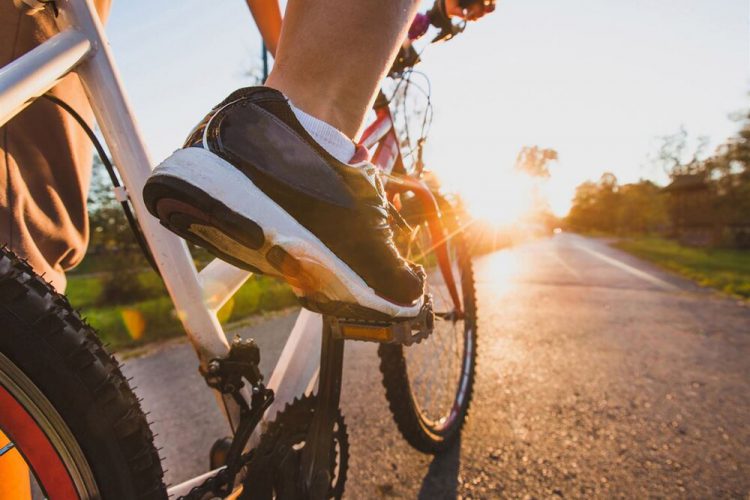
Evaluation and positioning of cyclists in physiotherapy

Introduction to cycling
Cycling is a sport that’s booming in Quebec. The equipment is more and more diverse and specific to different types of terrain as well as different objectives and expectations in terms of comfort and performance. Since human beings are everything but symmetrical and the bike is, the sport of cycling puts the body in an unnatural position which can lead to discomfort and even injuries.
As a result, positioning on a bike in physical therapy is a key element in the prevention of injuries and improvement of comfort and performance. The physical therapist’s knowledge of injury mechanisms and biomechanics allows the positioning to be adjusted according to each person’s characteristics, thus ensuring personalized service. It also allows for treatment of injuries and the prescribing of various exercises in relation to elements observed.
A question of performance
These benefits are equally important when the cyclist is looking to optimize his or her performance. Indeed, positioning on the bike is one of the most important elements affecting performance, followed immediately by adequate physical preparation. Correct positioning allows for improved pedaling mechanics while limiting wasted energy and boosting aerodynamics and comfort on the bike. These three elements are also complemented by support for the characteristics of the cyclist and the teaching of various exercises aimed at correcting their limitations.
There are three types of injuries:
- Traumatic: accident or fall
- Overuse: insufficient physical preparation, technical abilities, positioning
- Contact (friction or sustained pressure): incorrect positioning, choice of clothing
Pain most reported by cyclists includes:
- Knee
- Back and shoulder
- Foot
- Neck
- Pelvic area
- Other signs and symptoms: numbness in hands, feet and in the pelvic area
The most frequent causes of pain are:
- Characteristics of the bike
- Characteristics of the cyclist
- Positioning on the bike
- Physical and technical abilities
If the pain appears only when biking or is significantly increased when biking, positioning on the bicycle would most likely be beneficial. The positioning may be done by a physical therapist if the cyclist has physical limitations. The therapist is a key player in ensuring the link between these factors.
Whether for comfort or performance, cyclists of all levels can benefit from correct positioning, and this applies equally to road, mountain, gravel cycling and touring.


